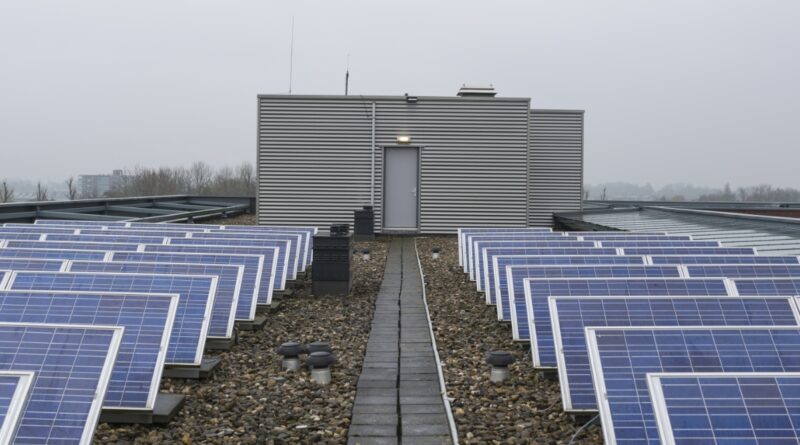Battery Costs Fall 90% in 15 Years
Renewable energy sources like solar and wind have become cheaper than fossil fuels, but their intermittent nature has limited widespread adoption. However, a new report from the International Energy Agency (IEA) suggests that falling battery storage costs could overcome this obstacle. The report projects a 40 percent reduction in battery storage system costs by 2030, making solar and wind combined with battery storage more affordable than new coal or gas power plants. Lithium iron phosphate (LFP) batteries are increasingly adopted due to their lower costs, particularly in stationary storage.
In transportation, sodium-ion batteries are expected to gain traction for stationary storage due to projected lower costs. Falling battery prices are enabling more renewable microgrids and solar home systems, with projected electricity cost reductions by nearly 50 percent by 2030. The report anticipates a sixfold increase in global energy storage capacity by 2030, with batteries comprising 90 percent of that growth. Manufacturing capacity has tripled in the last three years, with significant expansion expected in advanced economies like the US and the European Union. This expansion is crucial as battery investment is projected to soar nearly 400 percent to $1.2 trillion by 2030, doubling its share of overall clean energy investment within seven years.
